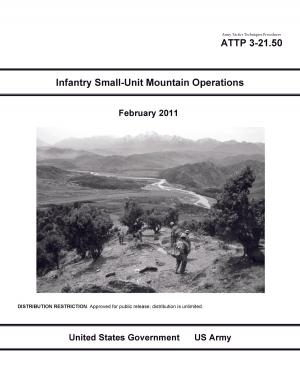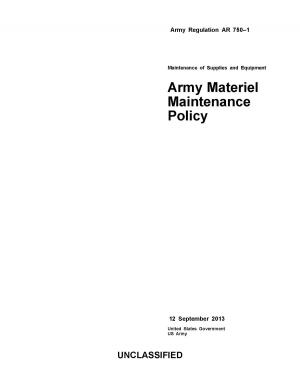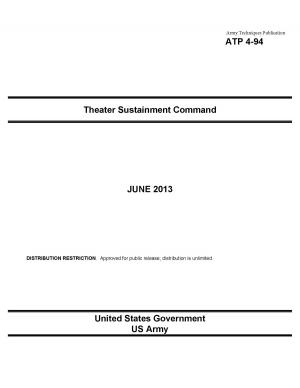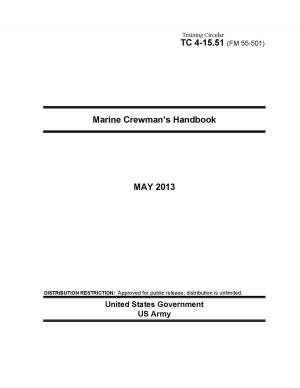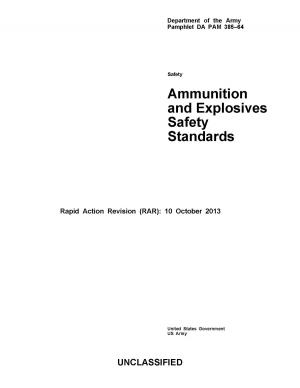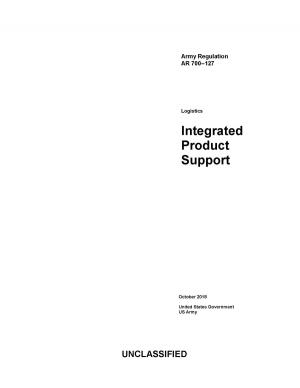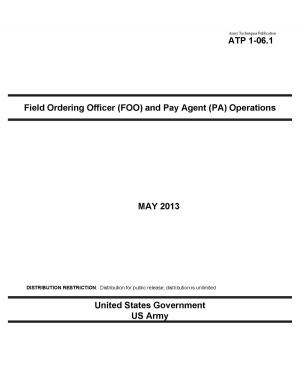Army 2020 Generating Health & Discipline in the Force Ahead of the Strategic Reset
Nonfiction, Health & Well Being, Medical, Specialties, Occupational & Industrial Medicine, Medical Science, Physiology, Psychiatry| Author: | United States Government US Army | ISBN: | 1230000144307 |
| Publisher: | eBook Publishing Team | Publication: | June 22, 2013 |
| Imprint: | Language: | English |
| Author: | United States Government US Army |
| ISBN: | 1230000144307 |
| Publisher: | eBook Publishing Team |
| Publication: | June 22, 2013 |
| Imprint: | |
| Language: | English |
While still waging the longest war in our Nation’s history, hard fought in two separate theaters, we have begun the challenging task of reintegrating our Soldiers, resetting our equipment, and returning our primary focus to training and preparing for future contingency operations. While much can be learned from our previous post-conflict eras, current circumstances and conditions are unique and must be addressed within today’s environment. In many ways, the most difficult work lies ahead. The Army calls on you, as professional leaders, to ensure a successful reset of the Force. We must work together in an informed and synchronized effort to address the unique challenges facing today’s Army. This report will provide context, identify challenges and inform and educate you on the current status of the health and discipline of our Soldiers, Families and Veterans. In short, it will serve as a valuable roadmap for leaders, commanders and service providers alike, paving the way to success in the days ahead.
Nearly two years ago, the Army published the Health Promotion, Risk Reduction, Suicide Prevention Report 2010, referred to as the Red Book, which provided the first comprehensive review of the health and discipline of the Force. The following report continues—and in many ways expands—that dialogue, providing a thorough assessment of what we have learned with respect to physical and behavioral health conditions, disciplinary problems, and gaps in Army policy and policy implementation. It provides important information on the challenges confronting our Soldiers and Families, challenges that we must collectively address to reduce the stress on the Force, promote Soldier health and discipline and improve unit readiness. To this end, this report is designed to educate leaders, illuminate critical issues that still must be addressed and provides guidance to leaders who are grappling with these issues on a day-to-day basis.
Many of the issues addressed in this report are complex, especially those related to healthcare. One of the most important lessons learned in recent years is that we cannot simply deal with health or discipline in isolation; these issues are interrelated and will require interdisciplinary solutions. For example, a Soldier committing domestic violence may be suffering from undiagnosed post-traumatic stress. He may also be abusing alcohol in an attempt to self medicate to relieve his symptoms. The reality is there are a significant number of Soldiers with a foot in both camps—health and discipline— who will require appropriate health referrals and disciplinary accountability. This will require us to sharpen our surveillance, detection and response systems to ensure early intervention. The necessary response to health and accountability will require active communication and collaboration among commanders, service providers and our Soldiers and Families.
While still waging the longest war in our Nation’s history, hard fought in two separate theaters, we have begun the challenging task of reintegrating our Soldiers, resetting our equipment, and returning our primary focus to training and preparing for future contingency operations. While much can be learned from our previous post-conflict eras, current circumstances and conditions are unique and must be addressed within today’s environment. In many ways, the most difficult work lies ahead. The Army calls on you, as professional leaders, to ensure a successful reset of the Force. We must work together in an informed and synchronized effort to address the unique challenges facing today’s Army. This report will provide context, identify challenges and inform and educate you on the current status of the health and discipline of our Soldiers, Families and Veterans. In short, it will serve as a valuable roadmap for leaders, commanders and service providers alike, paving the way to success in the days ahead.
Nearly two years ago, the Army published the Health Promotion, Risk Reduction, Suicide Prevention Report 2010, referred to as the Red Book, which provided the first comprehensive review of the health and discipline of the Force. The following report continues—and in many ways expands—that dialogue, providing a thorough assessment of what we have learned with respect to physical and behavioral health conditions, disciplinary problems, and gaps in Army policy and policy implementation. It provides important information on the challenges confronting our Soldiers and Families, challenges that we must collectively address to reduce the stress on the Force, promote Soldier health and discipline and improve unit readiness. To this end, this report is designed to educate leaders, illuminate critical issues that still must be addressed and provides guidance to leaders who are grappling with these issues on a day-to-day basis.
Many of the issues addressed in this report are complex, especially those related to healthcare. One of the most important lessons learned in recent years is that we cannot simply deal with health or discipline in isolation; these issues are interrelated and will require interdisciplinary solutions. For example, a Soldier committing domestic violence may be suffering from undiagnosed post-traumatic stress. He may also be abusing alcohol in an attempt to self medicate to relieve his symptoms. The reality is there are a significant number of Soldiers with a foot in both camps—health and discipline— who will require appropriate health referrals and disciplinary accountability. This will require us to sharpen our surveillance, detection and response systems to ensure early intervention. The necessary response to health and accountability will require active communication and collaboration among commanders, service providers and our Soldiers and Families.

